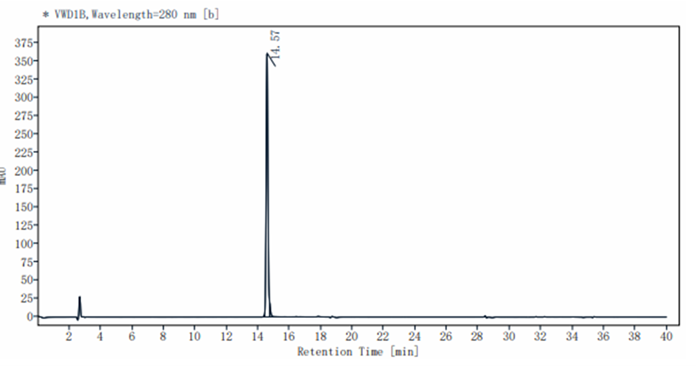1. K Scearce-Levie, E D Roberson, H Gerstein. Abnormal social behaviors in mice lacking Fgf17. Genes Brain Behav. 2008 Apr;7(3):344-54. 2. Nobuyuki Itoh 1, David M Ornitz. Functional evolutionary history of the mouse Fgf gene family. Dev Dyn. 2008 Jan;237(1):18-27.
Fibroblast Growth Factors (FGFs) are polypeptides with diverse activities in development and physiology. The mammalian Fgf family can be divided into the intracellular Fgf11/12/13/14 subfamily (iFGFs), the hormone-like Fgf15/21/23 subfamily (hFGFs), and the canonical FGF subfamilies, including Fgf1/2/5, Fgf3/4/6, Fgf7/10/22, Fgf8/17/18, and Fgf9/16/20. Recent evidence suggests that Fgf17 is important in neural patterning. During embryonic development, Fgf17 is expressed in the patterning centers for the rostral forebrain and the midbrain/hindbrain. Studies of Fgf17-deficient mice showed that Fgf17 is required for development of the cerebellar vermis and inferior colliculus and for the regionalization of frontal cortex. Fgf17 ablation reduced the size of the dorsal frontal cortex and the extent of frontal cortex projections to subcortical targets.

Measured in a cell proliferation assay using Balb/c 3T3 mouse fibroblast cells. The EC50 for this effect is less than 2ng/ml.

1μg (R: reducing
condition, N: non-reducing condition).
